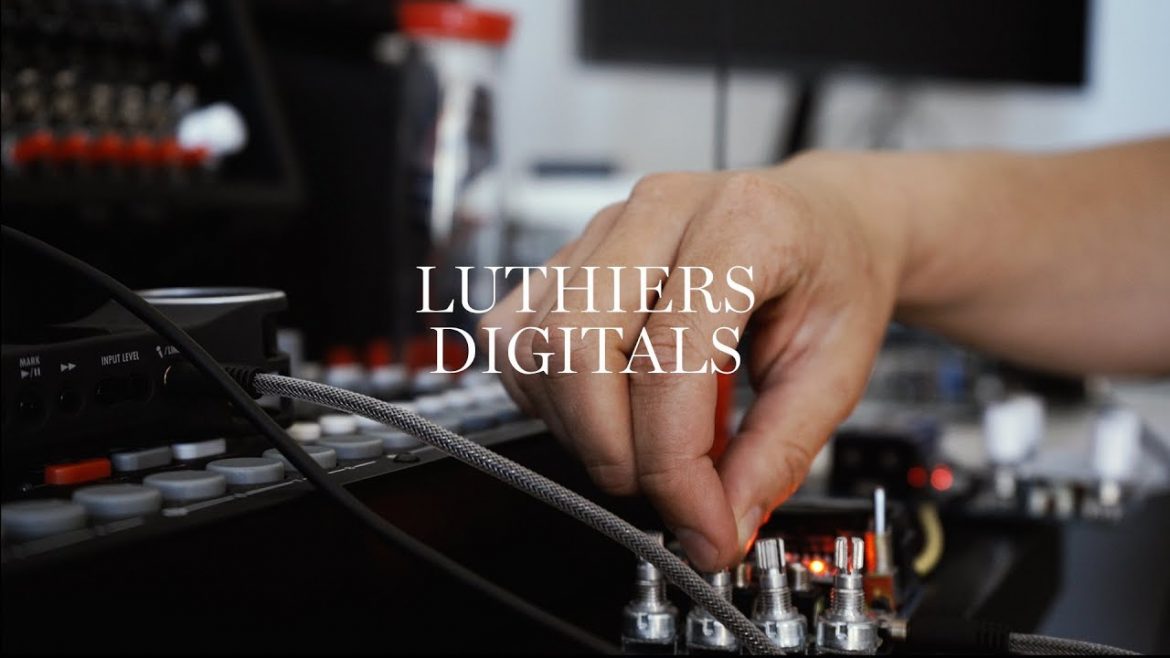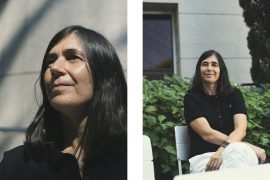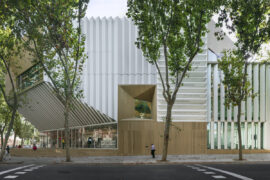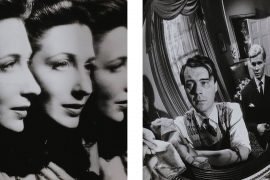That somewhat romantic, classical stamp of the luthier—the instrument maker—labouring in his workshop in the midst of selected woods and secrets of the trade, is still real. As is the case of other musical instrument makers who have been working for decades with printed circuits, soldering irons, chips and software. A new breed of luthiers we wanted to meet, to reflect on the personal adventures of Rafael Duyos (1958), Sergi Jordà (1961) and Lina Bautista (1985). Three steps on a fascinating path.
Rafael Duyos was 14 when he saw a film with prog rock supergroup Emerson, Lake & Palmer playing Pictures at an Exhibition. Duyos, who had a group of his own with two friends of his age, explains, “I was amazed. I said: I want a synthesizer.” But they were very expensive, so he decided to build one himself, exploiting his knowledge of electronics acquired through amateur radio. That’s how he got onto the path of pioneering electronic instrument-making, but the beginnings were certainly not easy. “The first models didn’t work properly. When you plugged them into a keyboard they went out of tune, they did not keep to an equal temperament.” But they generated sounds and that fascinated Víctor Nubla, co-founder along with Juan Crek of experimental group Macromassa. “He was my first customer, and he dubbed those failed synths audio generators.”
Duyos subsequently developed synthesizers with all the proper trappings (DUY Synthesizer, Alfa 1024), some of which were acquired by another emblematic Barcelona underground group, Neuronium. As of 1980, he began to make music for commercials, and it was precisely while searching for new sound colourations for a commission that he ended up developing his Gemini 404 digital drum kit. “I built it for myself, but a lot people asked after it. I sold maybe about fifty.” Among his clients was Nacho Cano of [Spanish techno group] Mecano fame, who bought two. “The Gemini 404 was really the world’s first digital drum kit,” he explains. Soon after, the Simmons came out, but it was not digital, it was analogue. And a bit later came the LinnDrum, which was digital, but it couldn’t be played: it was a rhythm box. On the contrary, the Gemini 404 was an instrument that you could play, it had digital sounds and all the dynamics of a drum kit.”
Rafael Duyos eventually gave up making instruments mostly, he admits, for lack of business acumen, but also because the big brands soon produced similar instruments at affordable prices. However, by the end of the nineties his work making music for advertising would take him to conceive a series of plug-ins for Pro Tools and other programs used by musicians, which he ended up marketing successfully.
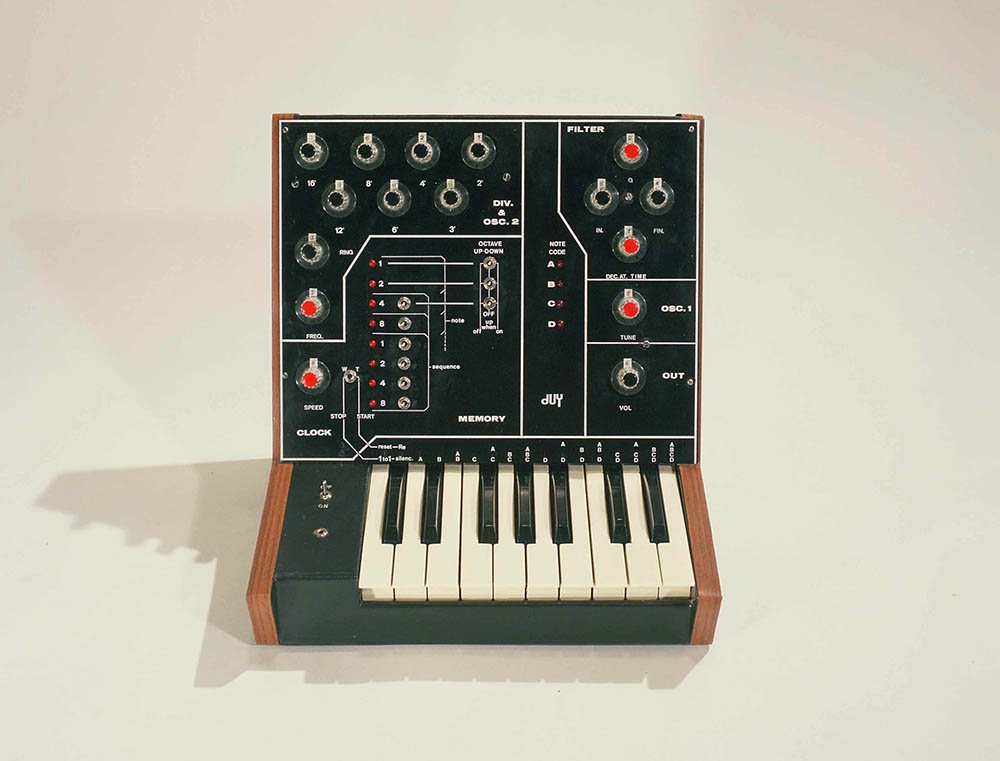
On to the following century and we come to Sergi Jordà, who sees us in his office at the MTG–Music Technology Group at the Universitat Pompeu Fabra. In 2006, culminating three years of work, the Jordà-led research group at MTG delivered the Reactable, an aurally and visually mind-blowing instrument. The Reactable is a real success story, magnified by the fact that Iceland’s Björk fell in love with the device and took it on her Volta tour, with 75 concerts on five continents from April 2007 to August 2008. That stroke of luck spurred the creators of the device—Jordà, Marcos Alonso, Martin Kaltenbrunner and Günter Geiger—to found the Reactable Systems company in 2009. “We are devoted to manufacturing and improving physical Reactables, and also to developing apps for iOS and Android. One of these is a tablet version of the Reactable, but we also have other apps that benefit from the MTG’s research.”
Segi Jordà cites rock-jazz band Soft Machine when talking about his beginnings in music. “I was 14 and they were a revelation. Inspired by their album Six which had a very repetitive part, I recorded all sorts of telephone sounds on cassettes and I proposed to my friends we do a jam-session improvising with our cassettes with tapes of different phones. I also hacked telephone boxes and took out the mikes and earphones to make talk-boxes out of them, although I didn’t yet know that talk-boxes existed” he says, laughing. As he got older, while studying Physics at the University of Barcelona he played the saxophone with free-improvisation bands and people like the aforementioned Víctor Nubla, or Marcel·lí Antúnez and Mireia Tejero, but he had a serious problem: he did not like to rehearse. “Then—he goes on—at college they showed us a computer and they taught us how to code. We’re talking about 1982, and it was an epiphany. I thought: computers can make music, they never tire or get bored, so I can leave them to the mechanical part of music, which is not what interests me. I decided that I would become a digital improviser.”
In the nineties Jordà combined working on music with Marcel·lí Antúnez and [avant-garde theatre company] La Fura dels Baus, with research—first with the group founded by Xavier Serra, who operated in the catacombs of the Miró Foundation, and then with Xavier Serra and Xavier Berenguer’s team at the [Universitat Pompeu Fabra-UPF] Institut Universitari de l’Audiovisual, until he joined the UPF itself in 1999. To conclude the conversation, we ask if there is a line separating the creative from the strictly technical work: “Me—he says—I love to work with people with broad outlooks rather than with specialists. I don’t believe in teams where there is the designer, the artist… my view is that creation lies with everyone. I like to work with people who will roll up their sleeves. For example, I have worked with great programmers who often have interests beyond programming: they mull things over and have aesthetic criteria. That’s my ideal environment.”
The last stop on our path is at Lina Bautista’s studio in the Paral·lel [avenue in central Barcelona]. Originally from Colombia, the guitarist and composer explains that as a teenager “she already tinkered with devices she would come across, taking them apart. I have always had this fascination with gadgets.” Four years ago she decided to make herself a synthesizer that would let her create new sounds with her electric guitar. “I always look for things that are not on the market, and I’ve also used things that have one particular use, but with a different purpose,” she explains. So it seems that in her case, and besides her artistic drive, there is also a playful spirit there. “There is a certain hacker attitude, yes,” she concedes.
What was very important for her was meeting the people at Befaco, a collective that operates out of the Hangar centre for research and artistic production in Barcelona and who make modular synthesizers and whose creed is DIY. This way of seeing and materializing the process fascinated her: “There are so many ways to do it yourself. There are kits that you can weld and assemble, and there you have it, or you can start from scratch drawing your own schematics. But the basic idea is the same: do it yourself, don’t buy it made. It’s also interesting to understand a bit about how the things you use are made.” Circumstances nowadays favour this since the internet is full of resources: “If I need a specific sound, I just look around the internet for someone who’s done it. It’s a question of searching, giving it some thought, and adapting what I find so I or someone else can use it.”
Following this philosophy, Lina Bautista has joined the Familiar DIY collective, which among other activities organizes workshops for the construction of small electronic instruments. “We take circuits that are already on the Internet, and we make it possible for anyone to make an instrument in three or four hours.” Beyond technical or artistic issues, the fundamental idea of this initiative is to share the experience of assembling objects. “In exceptional cases you can buy the kit or we can send it to you, but the idea is to make it in a workshop, because it’s always fun to meet another freak who’s into that. People often have no idea and say they can’t manage to do it, but when they have soldered four or five parts they just can’t stop. It’s just such an addictive vibe.”
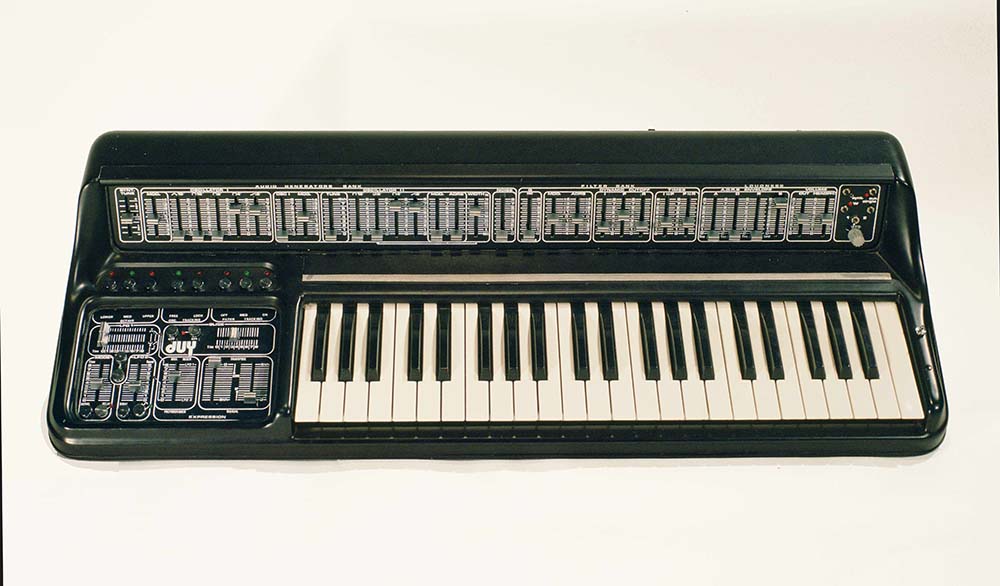
Among the objects that come out of the workshop there is a tiny theremin with one antenna, or the so-called solarizator—a sound generating tube that works with a solar panel and whose sound changes depending on the amount of light it receives. Bautista is also a member of the 44 Perills association, whose aim is to disseminate sound art and small format experimental music through concerts and workshops. All told, she explains, she contributes to building a “good-vibe chain” which also brings in people who are not even musicians but feel a definite attraction for the sounds generated by all this fascinating paraphernalia.

